How to Grow Korean Fir: Expert Advice for Spectacular Growth
- March 25, 2024
- 3 comment
How to Grow Korean Fir guides enthusiasts on cultivating Abies koreana, a magnificent conifer cherished for its exquisite beauty and distinctive features. Originating from the lofty mountains of South Korea, the Korean Fir is a coveted addition to gardens across the globe for its ornamental value. To successfully grow this evergreen, gardeners must carefully replicate the specific environmental conditions of its natural habitat, ensuring the plant thrives and brings its unique charm to your outdoor space.
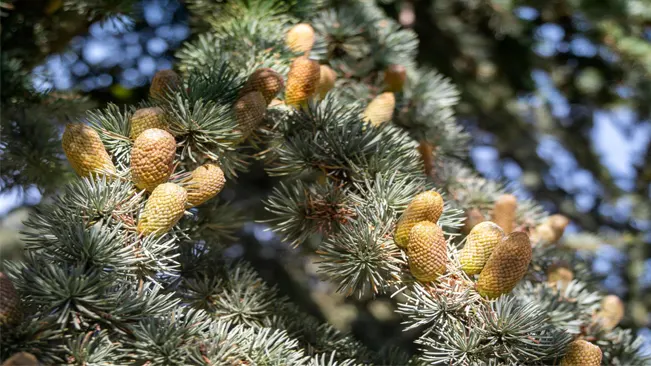
List on How to Grow Korean Fir
Choosing the Right Location
Light Requirements
Korean Fir thrives in full sun to partial shade. It prefers a location where it can receive direct sunlight for at least six hours a day. However, in hotter climates, some afternoon shade is beneficial to protect it from intense heat.
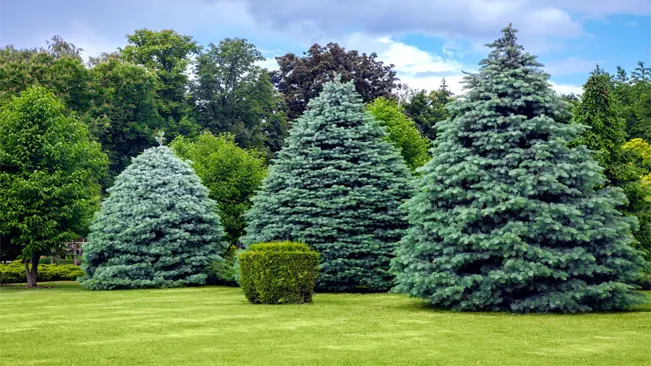
- Photosynthesis: Sunlight is essential for photosynthesis, the process by which plants convert light energy into chemical energy. This energy is critical for the tree’s growth and health.
- Growth Habit: Adequate sunlight ensures a robust and upright growth habit. Trees that do not receive enough light may become leggy or lean towards the light source.
- Foliage Density and Color: Sunlight affects the density of the foliage and the vibrancy of its color. Korean Fir in full sun often have denser, more vibrant green needles.
Adapting to Different Climates
- Cooler Climates: In areas with cooler summers, Korean Fir can tolerate and even thrive in full sun throughout the day. The cooler temperatures mean that the intensity of the sun is less likely to cause stress.
- Hotter Climates: In regions with hot summers, afternoon shade can be beneficial. This can be natural shade from buildings or other taller trees. The aim is to protect the Korean Fir from the most intense heat of the day, which can stress the plant and lead to issues like scorch damage on the needles.
Soil Preferences
This fir favors well-draining, slightly acidic soil. It’s adaptable to a range of soil types but struggles in overly wet or extremely dry conditions. Incorporating organic matter into the planting area can improve soil structure and fertility.

- Well-Draining Soil
- Korean Fir does not tolerate standing water, which can lead to root rot.
- Well-draining soil allows excess water to flow through, preventing moisture from accumulating around the roots.
- If you have clay soil, which tends to hold water, consider amending it with sand or other organic materials to improve drainage.
- Slightly Acidic Soil
- This tree prefers a soil pH that is slightly acidic, generally between 5.5 and 6.5.
- Soil pH affects nutrient availability, and slightly acidic conditions help the tree access the nutrients it needs.
- You can test your soil’s pH using a home testing kit or by seeking assistance from a local cooperative extension service.
- Incorporating Organic Matter
- Adding organic matter such as compost, peat moss, or well-rotted manure can improve soil fertility and structure.
- Organic matter helps in retaining moisture in dry conditions, while also improving drainage in denser soils.
- It also provides essential nutrients as it decomposes, which can be beneficial for the tree’s growth.
- Dealing with Extreme Soil Conditions:
- In overly wet areas, consider creating a raised bed or mound to improve drainage.
- In very dry, sandy soils, increasing organic matter can help retain moisture and provide a more hospitable environment for the tree’s roots.
Planting the Korean Fir
When to Plant
The best time to plant Korean Fir is during the cooler months of spring or fall. This timing allows the tree to establish its root system before the stress of extreme temperatures in summer or winter.
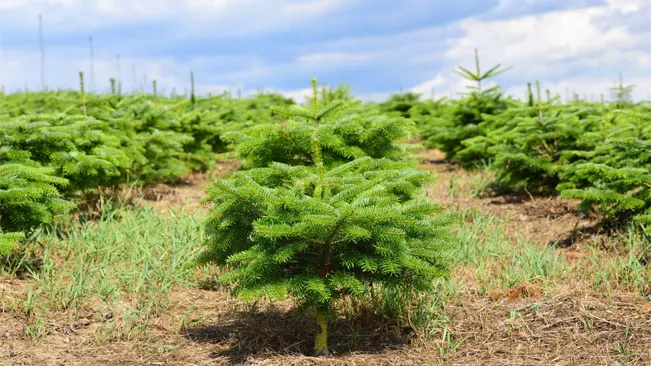
Spring Planting
- Advantages: Planting in spring capitalizes on the growing season, providing the tree with ample time to establish itself before winter. The moderate temperatures and increased moisture in spring assist in root development.
- Considerations: Ensure that the threat of severe frost has passed. Late spring is ideal in colder regions to avoid late frosts harming the young sapling.
Fall Planting
- Advantages: Fall planting allows the tree to establish its root system in cooler temperatures, which can be less stressful for the tree. The soil is still warm, encouraging root growth, but the cooler air temperatures reduce the likelihood of top growth, which can strain new trees.
- Considerations: It’s crucial to plant well before the ground freezes. This gives the tree enough time to establish roots before winter dormancy sets in. In areas with early winters, plant in early to mid-fall.
How to Plant
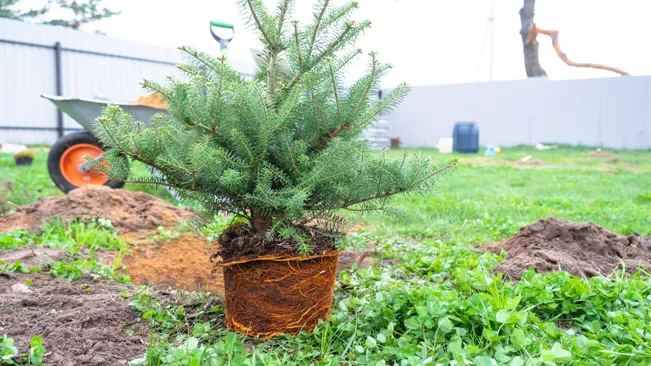
Dig a Hole
- The size of the hole is crucial for the healthy establishment of the tree. It should be twice as wide as the root ball of the sapling. This width gives the roots ample space to spread out and access nutrients and water. As for the depth, it should match the height of the root ball. This ensures that the tree is planted at the correct depth, promoting healthier growth. Avoid digging too deep as this can cause the root collar (where the roots meet the trunk) to sit below the soil level, potentially leading to root rot.
Position the Tree
- Carefully place the tree in the center of the hole. It’s vital to ensure that the tree is upright and not leaning. The top of the root ball should be level with the surrounding soil surface. This positioning prevents the tree from being planted too deep or too shallow, both of which can stress the tree and impede its growth. If the tree was in a container, make sure to loosen the roots gently if they are pot-bound. This encourages them to grow outwards into the surrounding soil.
Backfill
- Start filling the hole with the soil that was originally removed. Gently tamp the soil down as you backfill to remove air pockets, which can dry out roots. However, be careful not to compact the soil too heavily, as this can hinder root growth and water penetration. It’s often helpful to mix in some organic matter like compost with the native soil to improve soil structure and provide nutrients.
Water Thoroughly
- After planting, it’s essential to water the tree deeply. This initial watering helps to settle the soil around the roots and ensures that moisture reaches deep into the root zone. A thorough watering also helps to eliminate any remaining air pockets. Continue to provide water regularly, especially during the first few years of growth or during periods of drought. The goal is to maintain consistent moisture in the soil, but not to over-water, as Korean Fir does not like soggy soil.
Ongoing Care
Watering
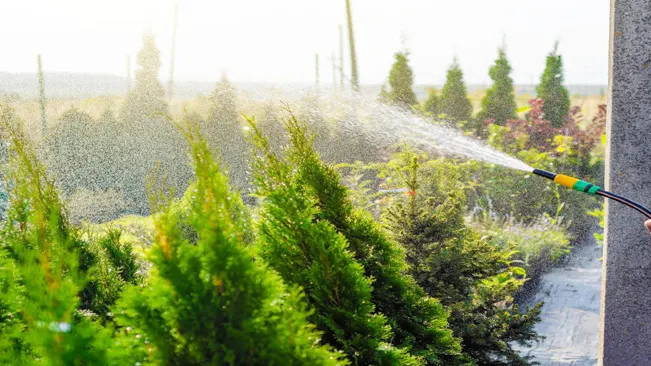
- Importance of Consistency: For the first few years, consistent watering is vital to establish a strong root system. The tree’s watering needs decrease as it matures, but it still requires regular hydration.
- Monitoring Soil Moisture: Check the soil moisture frequently. The soil should feel moist but not waterlogged. In hot or windy weather, the tree may need more water.
- Avoiding Common Pitfalls: Over-watering can be as harmful as under-watering. Excessive moisture can lead to root rot, a serious issue that can damage or kill the tree. Ensure that the planting site has good drainage.
Mulching
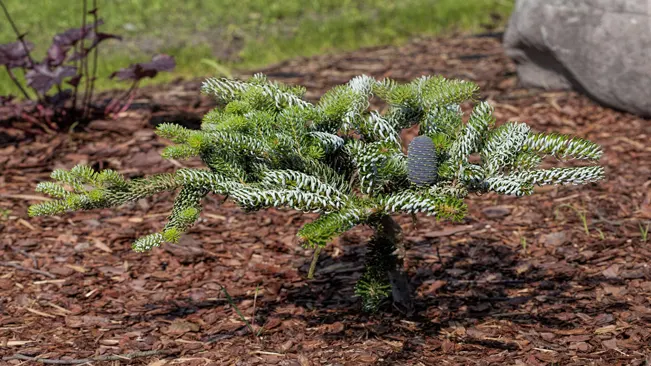
- Benefits of Mulching: Mulch helps to maintain soil moisture, suppresses weeds, and provides a temperature buffer for the roots. Organic mulches like bark chips or pine needles can also improve soil quality as they decompose.
- Proper Mulching Technique: When applying mulch, create a ring around the base of the tree, leaving a gap of a few inches around the trunk. This space prevents moisture buildup against the trunk, reducing the risk of fungal diseases and pest infestations.
Fertilizing
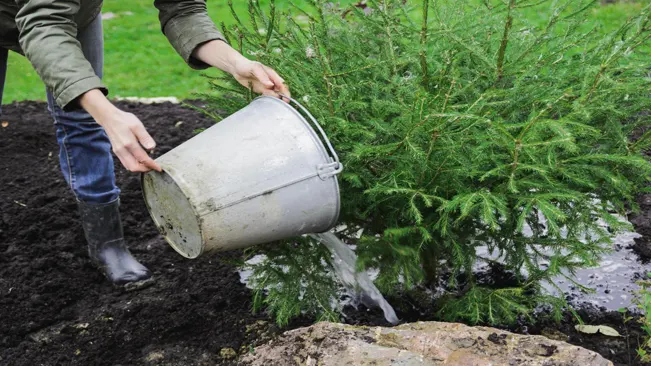
- Nutritional Requirements: Korean Fir has modest nutritional needs. Over-fertilizing can encourage rapid growth that the tree’s structure can’t support, leading to weak wood or increased susceptibility to pests and diseases.
- Choosing a Fertilizer: A balanced, slow-release fertilizer applied once a year in early spring is usually sufficient. Look for a fertilizer with an NPK (nitrogen, phosphorus, potassium) ratio appropriate for evergreens.
Pruning
- Minimal Pruning Needed: Korean Fir typically maintains a good shape naturally and doesn’t require much pruning.
- When to Prune: If pruning is necessary, do it in late winter or early spring before new growth starts. Avoid heavy pruning as this can damage the tree.
- Focus on Health: Pruning should focus on removing dead, damaged, or diseased branches to maintain the tree’s health and appearance. Always use clean, sharp tools to make clean cuts.
Common Challenges
Pests and Diseases
Aphids
- Description: Aphids are small, sap-sucking insects that can be green, yellow, brown, red, or black. They usually cluster on new growth and the undersides of needles.
- Impact: They can cause needle distortion, stunted growth, and sooty mold due to their honeydew excretion.
- Management: Introducing beneficial insects like ladybugs, applying insecticidal soaps, or using neem oil can be effective. It’s essential to catch infestations early.
Spider Mites
- Description: These are tiny, spider-like pests, often red or brown, visible as moving dots on the undersides of needles or by their fine webbing.
- Impact: They cause discoloration and speckling on needles, leading to needle drop in severe cases.
- Management: Regularly spraying water can help reduce populations. Miticides or horticultural oils can also be used, especially in severe infestations.
Fir Needle Rust
- Description: This is a fungal disease causing yellow to orange spots on needles, which eventually turn brown.
- Impact: Heavy infections can lead to significant needle drop and weaken the tree.
- Management: Removing infected needles and fallen debris can help prevent spread. Fungicides may be used, but it’s best to consult with a local extension service for specific recommendations.
Environmental Stress
Strong Winds and Heavy Snow
- Issues: Korean Fir has somewhat fragile branches that can be damaged by heavy snowfall or strong winds.
- Preventive Measures: Planting in a sheltered location or creating windbreaks can reduce damage. Gently shaking off heavy snow from branches can prevent breakage.
Extreme Climate Conditions
- Cold Stress: In very cold regions, young trees or less hardy varieties may need winter protection, like wrapping or using burlap screens.
- Heat Stress: In hotter climates, ensuring adequate water and some afternoon shade can help the tree cope with heat stress.
General Tips for Managing Challenges
- Regular Monitoring: Periodic inspection of the tree for signs of pests, disease, or stress is crucial for early intervention.
- Cultural Practices: Good cultural practices like proper watering, mulching, and avoiding mechanical damage can enhance the tree’s resistance.
- Consult Experts: If unsure about a problem or its treatment, consulting with a local nursery, arborist, or extension service is advisable for tailored advice.
Conclusion
Growing a Korean Fir is a rewarding experience for any gardener. By providing the right conditions and care, this majestic tree can be a stunning addition to your landscape. With its lush foliage and decorative cones, the Korean Fir is a true gem in the world of gardening.
FAQs (Frequently Asked Questions)
- What is the ideal climate for Korean Fir?
Korean Fir prefers cool, temperate climates. It thrives in USDA hardiness zones 5 through 7, and needs a well-defined cold period for optimal growth. - How much sunlight does Korean Fir need?
It requires full sun to partial shade. Ideally, the tree should receive direct sunlight for at least six hours a day, with some afternoon shade in hotter climates. - What type of soil is best for Korean Fir?
This tree grows best in well-draining, slightly acidic soil. It’s adaptable to various soil types but struggles in overly wet or very dry conditions. - How often should I water a Korean Fir?
Regular watering is important, especially for young trees. The soil should be allowed to dry out slightly between watering. Mature trees are more drought-tolerant but still benefit from occasional deep watering. - Do I need to fertilize Korean Fir?
Korean Fir does not require heavy fertilization. An annual application of a balanced, slow-release fertilizer in early spring can help support its growth. - Is Korean Fir susceptible to any pests or diseases?
Yes, it can be affected by pests like aphids and spider mites, and diseases such as needle rust. Regular inspection and appropriate treatment can manage these issues. - How fast does Korean Fir grow?
Korean Fir has a moderate growth rate, typically growing about 12 to 24 inches per year once established. - When is the best time to plant Korean Fir?
The best planting time is during the cooler months of spring or fall. This allows the tree to establish its roots before extreme weather conditions. - How much space does a Korean Fir need?
Since it can grow up to 50 feet tall and 15-20 feet wide, it’s advisable to plant it at least 20 feet away from buildings or other large trees. - Do I need to prune Korean Fir?
Pruning is generally not necessary, except to remove dead or damaged branches. If you do prune, it’s best to do so in late winter or early spring before new growth begins.
For more expert gardening and advice, explore our guides, discover top recommendations in our best section, and delve into in-depth product reviews in our review section. Happy Gardening.

Kristine Moore
Forestry AuthorI'm Kristine Moore, a seasoned garden landscaping professional with over 30 years of experience. My extensive career has been dedicated to transforming outdoor spaces into stunning, sustainable landscapes. With a deep understanding of horticulture, design principles, and environmental stewardship, I have become a respected figure in the field, known for creating harmonious, visually appealing, and eco-friendly gardens. My commitment to excellence and continuous learning in landscaping trends and techniques has solidified my reputation as an expert in garden design and implementation.
3 comments
I was told my Korean for NEEDS to be stressed in order to produce. It’s beautiful pinecones how does one stress a Korean fur?






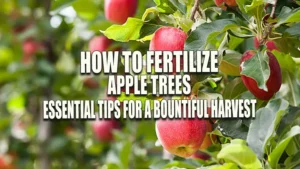

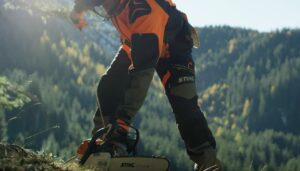
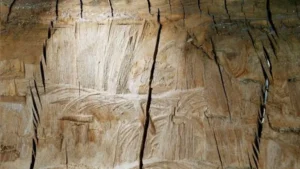


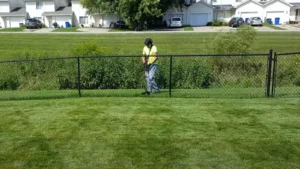
I have a Abies Koreania what is the root system like on this tree? mine only grows 2 meters after 10 years.
Jean White
November 12, 2024 10:26 amKorean Fir has a shallow, wide-spreading root system. At 2 meters in 10 years, your tree is growing normally, as they are naturally slow-growing.
Kristine Moore
November 14, 2024 1:11 am